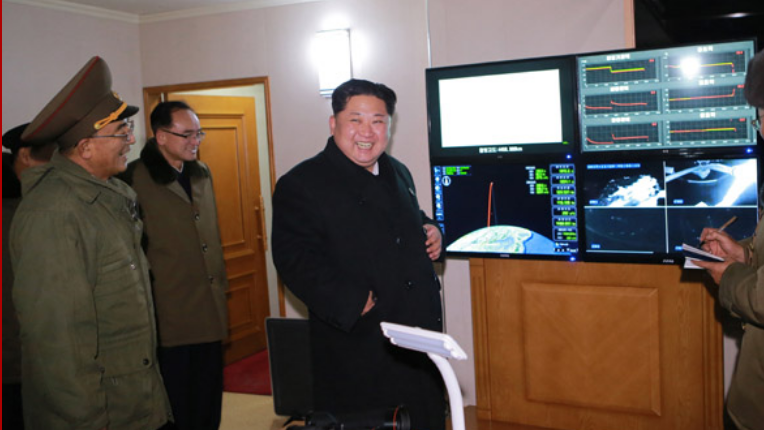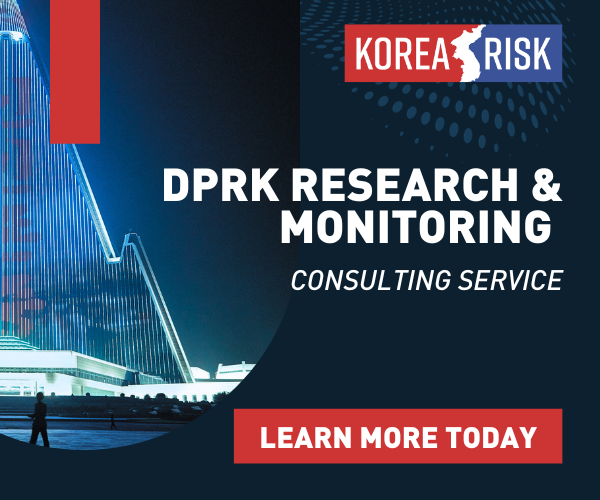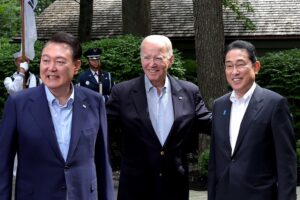A major goal of United States foreign policy in 2017 has been to prevent North Korea completing the development of an intercontinental ballistic missile (ICBM).
But despite President Donald Trump's pledge in January that a North Korean "nuclear weapon capable of reaching parts of the U.S....won't happen," Kim Jong Un on Tuesday declared that the DPRK has now “finally realized the great historic cause of completing the state nuclear force, the cause of building a rocket power.”
A major goal of United States foreign policy in 2017 has been to prevent North Korea completing the development of an intercontinental ballistic missile (ICBM).
But despite President Donald Trump's pledge in January that a North Korean "nuclear weapon capable of reaching parts of the U.S....won't happen," Kim Jong Un on Tuesday declared that the DPRK has now “finally realized the great historic cause of completing the state nuclear force, the cause of building a rocket power.”
Become a member for less than $4 per week.
Unlimited access to all of NK News: reporting, investigations, analysis
The NK News Daily Update, an email newsletter to keep you in the loop
Searchable archive of all content, photo galleries, special columns
Contact NK News reporters with tips or requests for reporting
Get unlimited access to all NK News content, including original reporting, investigations, and analyses by our team of DPRK experts.
Subscribe now
All major cards accepted. No commitments – you can cancel any time.










